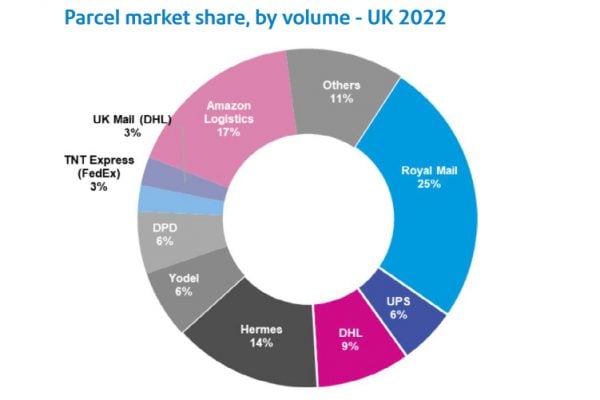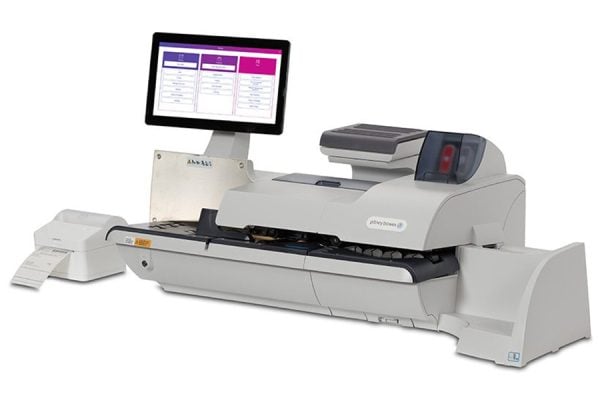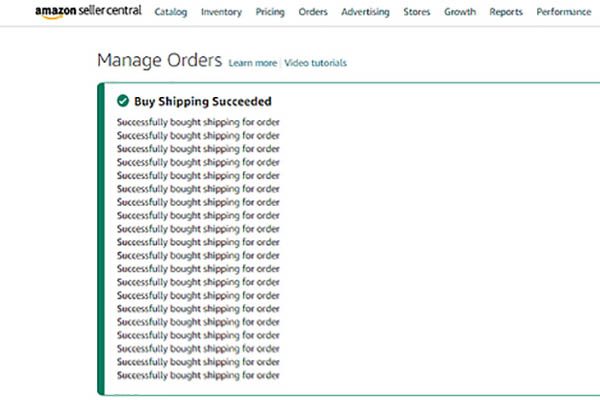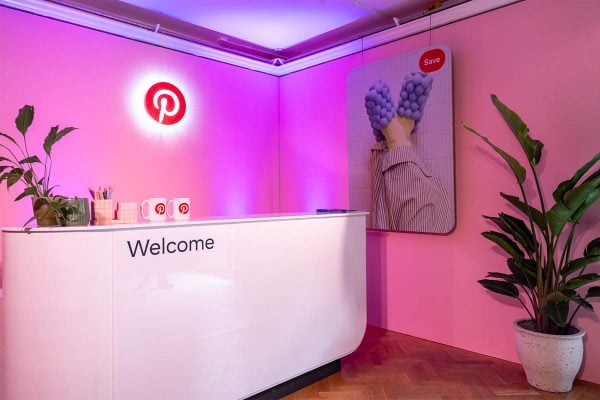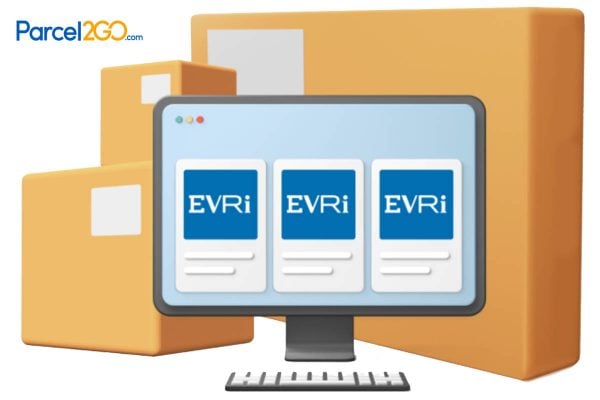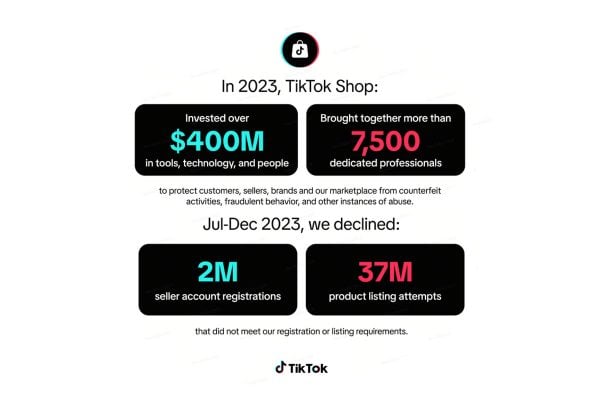 Today, Georges Berzgal, vice president and managing director EMEA global ecommerce at global technology company Pitney Bowes takes a look at marketplaces and lessons we can learn from their masterclass in shipping.
Today, Georges Berzgal, vice president and managing director EMEA global ecommerce at global technology company Pitney Bowes takes a look at marketplaces and lessons we can learn from their masterclass in shipping.
In thirteen of the world’s major markets, 2,300 parcels were shipped every second in 2017 and global shipping volume is forecast to surpass 100 billion parcels in 2020. Most of these shipments are generated by ecommerce. As the global ecommerce industry pushes the boundaries of what is possible regarding delivery, the shipping industry responds with transformational high-performance technologies. It’s a continuously-evolving cycle of innovation, and the ecommerce marketplace is a driving force behind this transformation.
Marketplaces continue to be favoured online shopping destinations across the world. From their earliest stages, marketplaces were trailblazers when it came to shipping which can be extremely complex. By simplifying shipping for the consumer – specifying fully-landed costs upfront, providing accurate information on delivery slots – marketplaces opened up a world of choice. They are still hugely popular places to buy online, and continue to rise steadily in popularity, stealing a march on retailers’ direct sites. The 2018 Pitney Bowes Global Ecommerce Study revealed that 60% of all products purchased online domestically are from marketplaces. For Japan, the figure rises to 76%; for China it’s 69% and for India, 68%. When shopping cross-border, 62% of all cross-border purchases are made via marketplaces. This figure rises to 68% for Japan, China and India.
The Marketplace Membership Phenomenon
Marketplaces serve a very specific purpose: consumers look to them for guidance, direction and convenience. In fact, 62% of consumers in the Pitney Bowes study buy on marketplaces when they don’t know the brand or style they’re looking for. Unrivalled search and smart algorithms, coupled with free and fast shipping options, make for a seamless and intuitive online buying experience.
Marketplaces are now boosting the customer experience with membership services, giving consumers access to rewards, offers, exclusive content and a range of shipping options. Latest figures from Amazon Prime reveal that it has 100 million members, who collectively ordered 2 billion items with one-day delivery or faster in 2018. The subscription service is now available in 17 countries around the world. On its latest Prime Day, more new members signed up to Amazon Prime than on any other day in Amazon’s history. The phenomenal success of Prime generates tremendous opportunities for merchants: Prime sellers are positioned in the sweet spot for the millions and millions of buyers who narrow down their product search options based largely on shipping. However, it is also creating a worry for those sellers yet to sign up. A simple swipe of the ‘Prime’ filter instantly excludes them from appearing in front of Prime members who want fast delivery options, making them less visible and less discoverable.
Free and Fast Shipping: the USP of the marketplace
Consumers’ appetite for swift, visible delivery is one of the driving factors behind the surge in Amazon Prime and similar membership services from companies like Newegg.com and Shoprunner. A renewable annual fee gives access to a choice of express delivery options which, although not effectively free, empowers the consumer and gives them choice and visibility over when their items will arrive, and how much shipping will cost – having paid an annual fee, free shipping thereafter is the draw for many members.
In fact, free and fast shipping is hugely influential for consumers in deciding where to shop. The 2018 Pitney Bowes Global Ecommerce Study found that US online shoppers, for example, list free shipping (80%) and fast shipping (66%) as the two most important criteria in determining where to shop online, with 76% of global consumers rating “free shipping” as more important than “fast shipping.” It’s so important to consumers that 91% of online shoppers in the US said they will leave a retail web site if critical services like “fast and free shipping” are not available.
Consumers are willing to put up with longer delivery times if shipping is free, although in some markets – including the UK, US and Germany – the trend is starting to reverse with a higher percentage than last year willing to pay for shipping with a shorter delivery time.
At the same time, consumers are becoming more demanding in their expectations for “fast and free.” Only 47% consider 2-day free shipping “fast.” If they’re dissatisfied with their post-purchase experience, 90% of online shoppers in the US will take an action that can hurt a retailer’s brand. Their reactions range from sharing their frustrations on social media to never purchasing from the offending site again. Among millennials, 30% will go public about their poor experience, complaining in an online review or social media post, potentially affecting the buying decisions of their entire social networks.
Perfect the post-purchase experience to generate loyalty and revenue
The post-purchase experience – everything after the click-to-buy – has become more important than ever, generating revenue and loyalty for those who get it right, as marketplaces’ popularity demonstrates. Successful retailers outside of marketplaces are seeing the benefits of refining their shipping strategies. The Pitney Bowes study found that successful high-growth retailers (classed as those achieving 25% or greater year-on-year revenue growth) place a greater emphasis on the post-purchase consumer experience than their slower growth competitors. This includes providing services like free returns and day-definite guaranteed delivery. 54% of high-growth retailers offer 2-3 day free shipping, while 60% of low-growth retailers (with 10% or less year-on-year revenue growth) offer 4-7 day free shipping. High-growth retailers also tend to meet or exceed consumer demands for accurate, real-time tracking, free and fast shipping, easy returns with pre-printed labels, prompt refunds and even attractive branded packaging.
Shipping is not just an afterthought for online retailers, as marketplaces have demonstrated. It is now influencing what, where and how consumers are purchasing, and its significance and impact cannot be underestimated.

